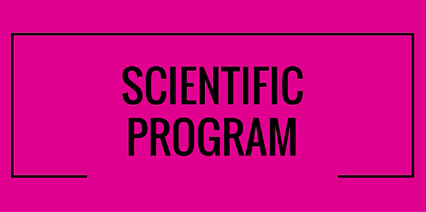
Biography
Biography: Al Amirsadeghi
Abstract
With the expansion in the applications of lab-on-a-chip devices there is an increasing demand for facile manufacturing techniques for fast prototyping and fabrication of such devices in research labs as well as manufacturing facilities. While conventional photolithographic techniques can be used to make micro and nanostructures for lab-on-a-chip devices, they often require special equipment such as cleanrooms and machineries and are therefore expensive. Polymeric materials, on the other hand, can offer alternative, low cost approaches. Polymers can roughly be categorized into cross-linked and thermoplastic polymers. Interestingly, these two classes of polymers undergo very different deformation mechanism in the face of an external force. Thermoplastic polymers undergo what is called enthalpy-based deformation where they lose their elasticity and behave increasingly like a liquid as temperature increases. Conversely, highly cross-linked polymers undergo entropy-based deformation and maintain their elasticity at temperatures close or above the glass transition temperature of many thermoplastic polymers. Here, we show these different deformation mechanisms can be exploited in order to make polymeric nanochannels for single cell analysis and static mixers for mixing liquids in micron channels of lab-on-a-chip devices when the flow is laminar and mixing is only possible through diffusive processes. The techniques presented here can produce nanochannels as narrow as 70nm in width and are capable for producing 3-D micro/nanostructures in one single step and at a fraction of the cost of typical lithographic techniques.

